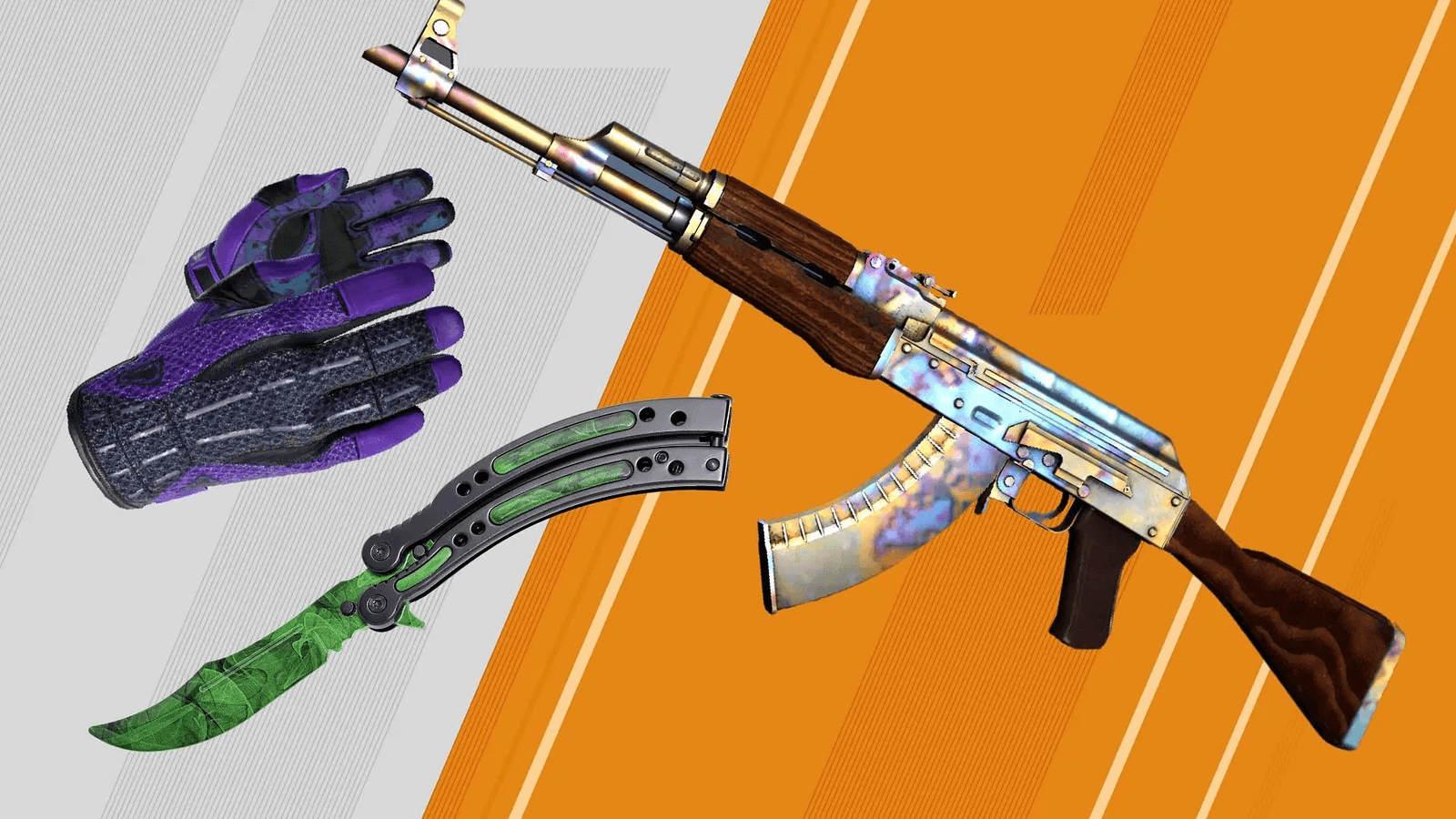

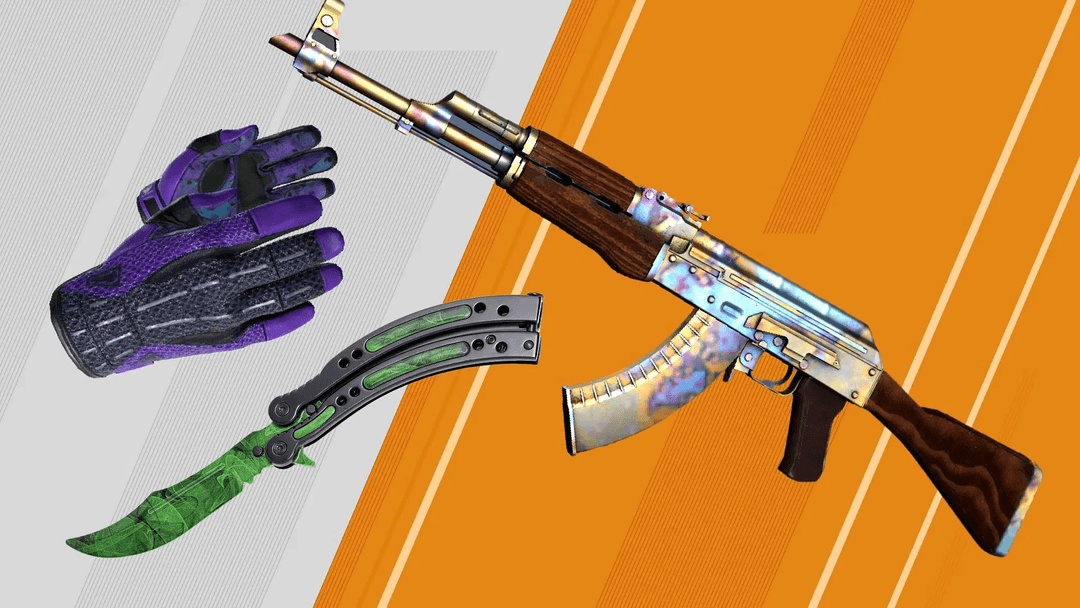
Have you ever wondered how CS2 skin prices are actually determined? You might be surprised, as the logic behind skin pricing in CS2 is more interesting than it seems.
While there are countless articles discussing the factors that affect prices, many of them fall short or even contradict one another. For example, some argue that rarity is the most important factor, while others believe it’s overrated and not as influential as people think.
In this article, we’ll break it down, focusing on rarity and exploring how it truly impacts skin prices. Let’s dive in and check to see if it’s a myth!
We analyzed many essential factors, such as:
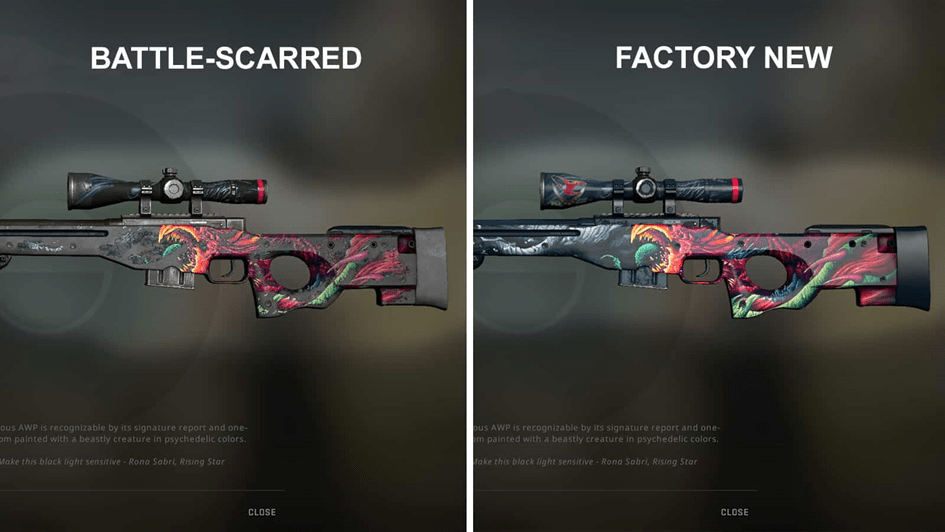
One of the most significant factors in skin pricing is its float value, which reflects the skin's wear. Skins range from Factory New to Battle-Scarred, and the better the condition, the more valuable the skin usually is. Even a slight difference in float can lead to a noticeable change in price, especially for popular skins.
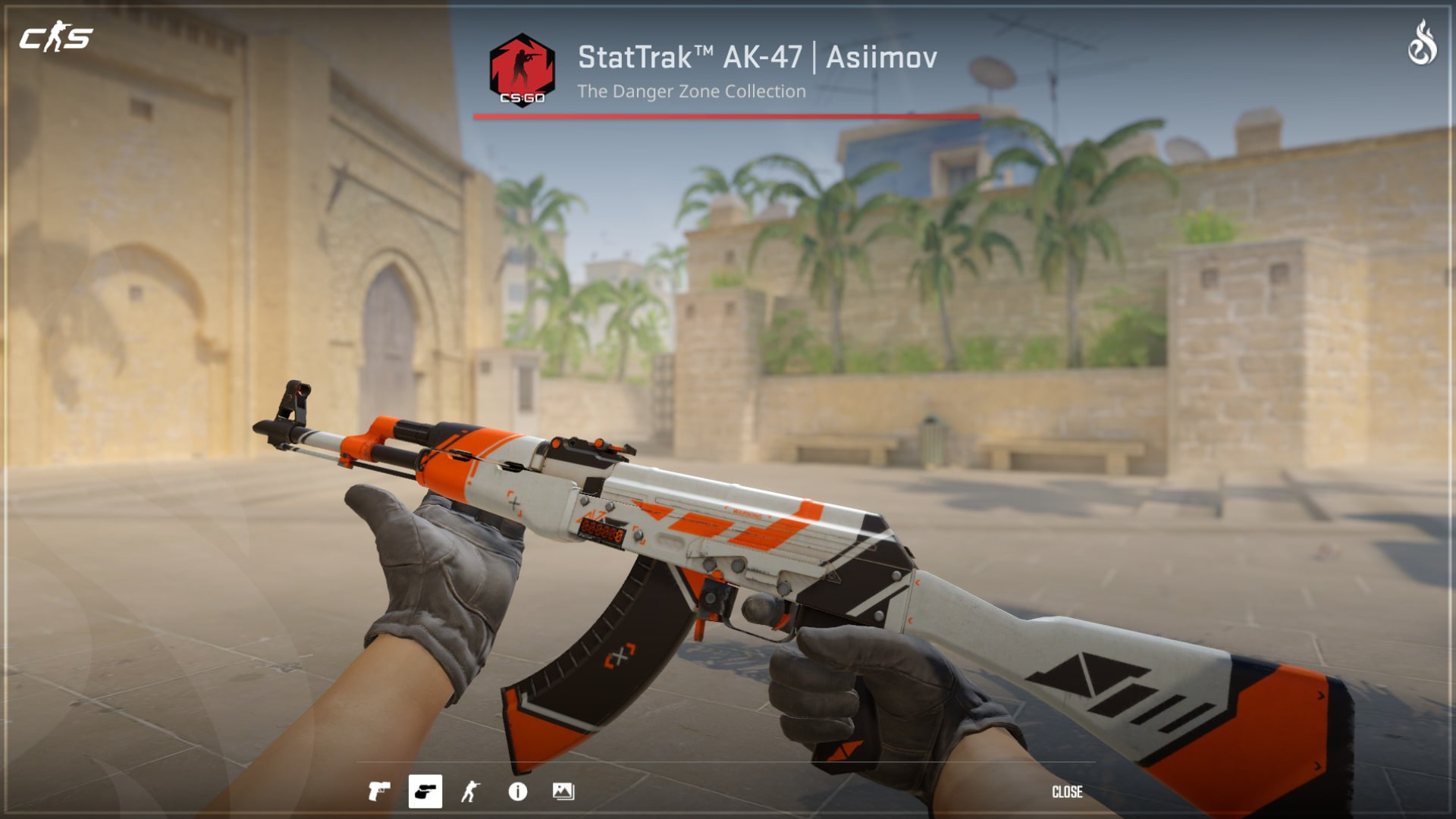
Skins with StatTrak technology track your in-game kills. They are generally priced higher than regular versions, as they add an extra layer of exclusivity, especially for players who enjoy showcasing their stats. Some skins also come with unique patterns or stickers that can make them even more valuable, depending on their rarity and attractiveness.
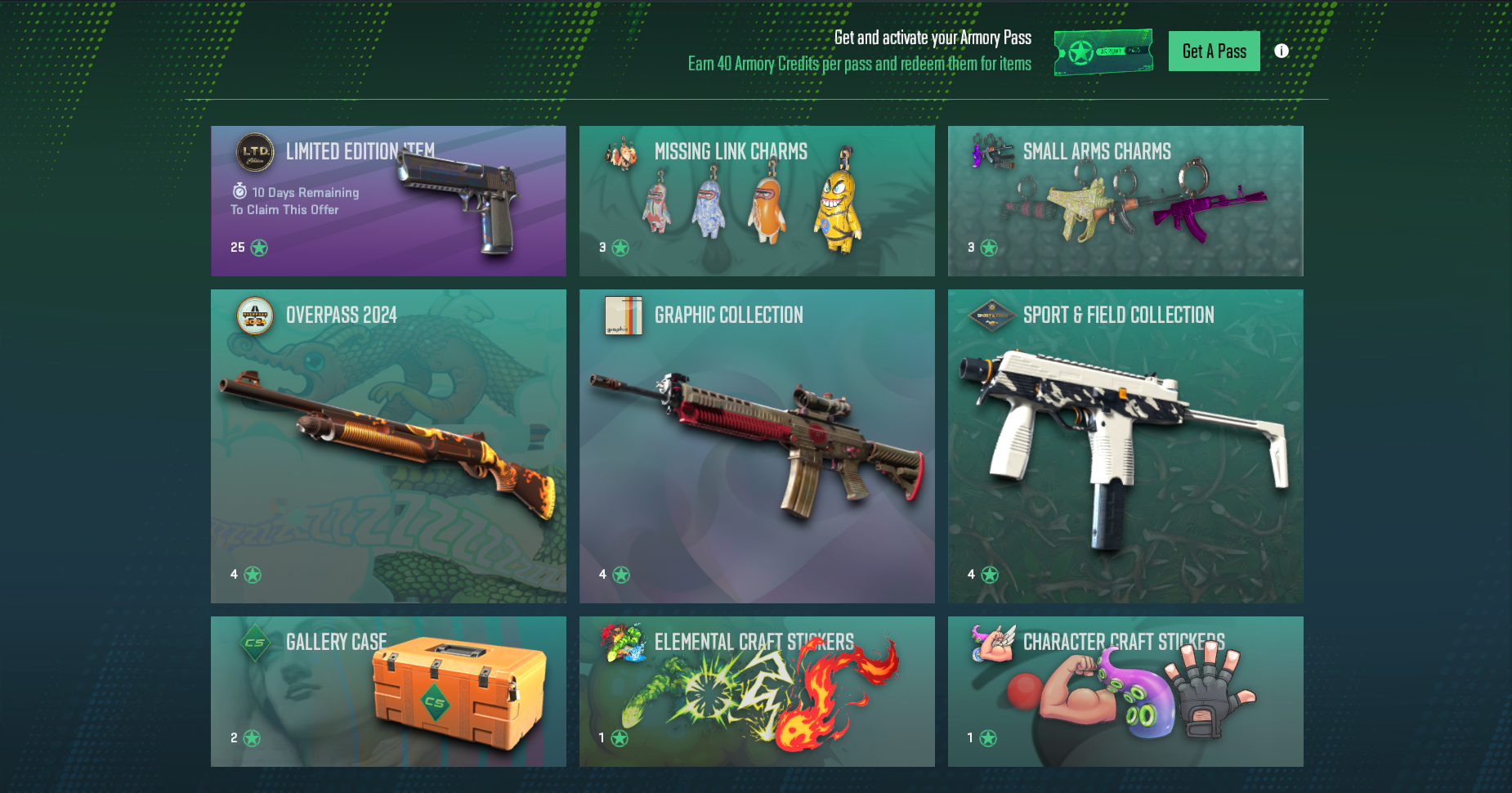
The community has a ginormous influence on the CS2 skin market. If a skin becomes trendy on YouTube or is used by a famous player, its price can spike overnight. Game updates, limited-time sales, or special events can also affect prices by increasing demand or adding new supply.

There’s one crucial factor we intentionally left out above, because it deserves its own spotlight. Let’s talk about skin rarity and everything you need to know about it.
In CS2, rarity refers to the difficulty in obtaining a specific skin. Each skin comes with a rarity level that indicates its drop chance from cases or collections, and the rarer the skin, the more difficult it is to find. This rarity makes certain skins more exclusive and highly desired by players.
CS2 skins are grouped into different rarity levels. These range from Consumer Grade, which is the most common, up to Covert and Contraband, which are extremely rare. Each level has a specific color tag, such as white, blue, purple, pink, red, and gold. The rarer the tag, the more valuable the skin tends to be. Gold-tier items, such as knives and gloves, are especially popular among Counter-Strike players and collectors.
The rarity of a skin plays a significant role in determining its cost. Usually, rare skins are harder to get, which means fewer of them exist in the market. This low supply creates high demand, especially for skins with clean looks or StatTrak features. Just visit a marketplace, or use a CS2 (CS:GO) skin price comparison tool, and you’ll instantly notice the price gap between common and rare skins. Players often pay more to own something unique or show it off in matches. So if you are eyeing a high-tier skin, expect its rarity to be one of the main reasons for its price.
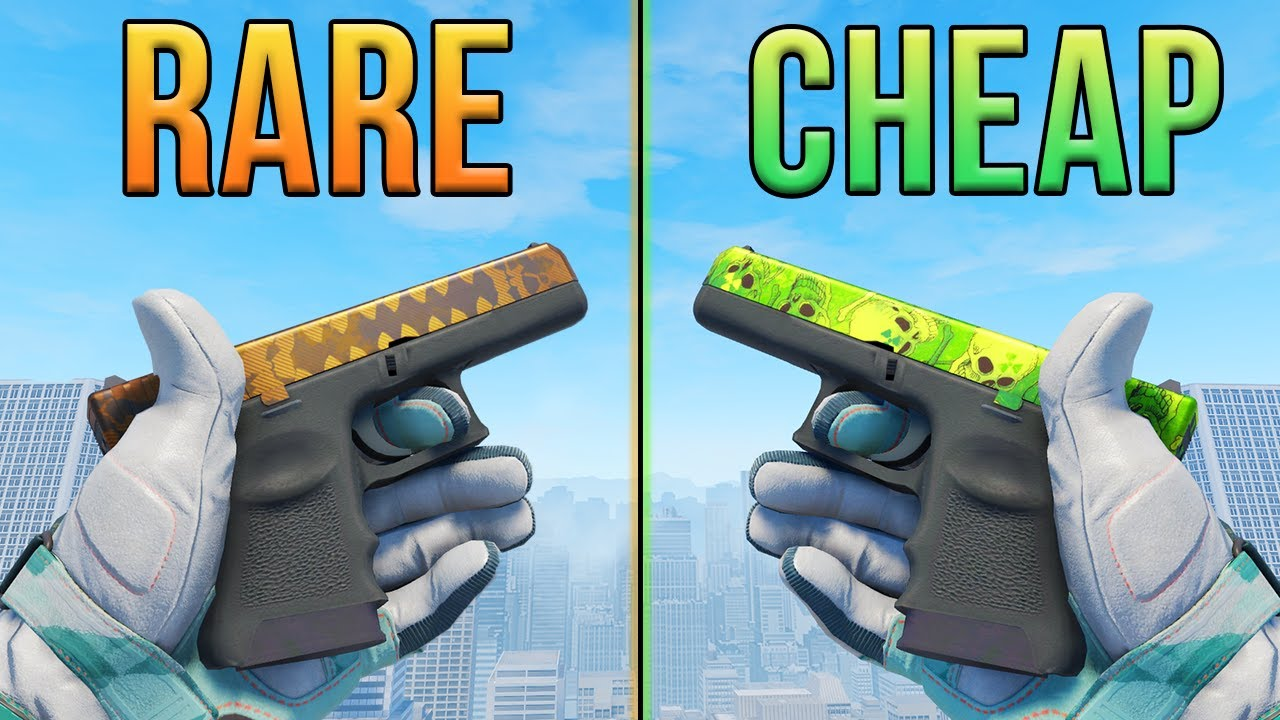
Alright, let’s move on to the interesting part. Market trends clearly show that the higher the rarity of a CS2 skin, the higher its price tends to be. But is it possible to find rare skins at affordable prices? The good news is yes, and we’ve got a few practical tips to help you do just that. Try the following approaches:
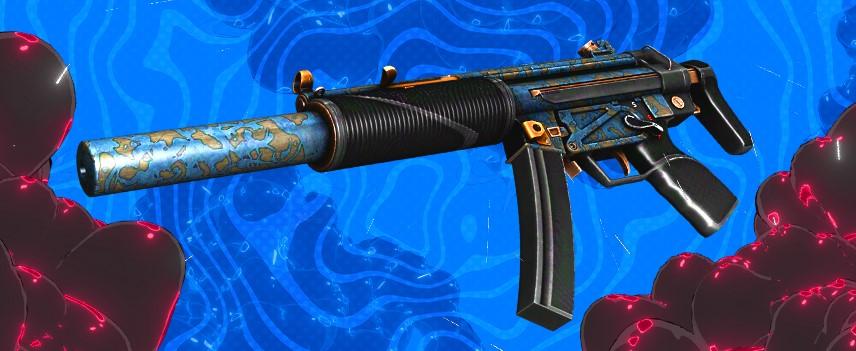
One of the best ways to find rare but affordable CS2 skins is to look beyond the mainstream options. Everyone wants a Dragon Lore or a Karambit Fade, which is precisely why they are so expensive. Instead, check out less popular skins or older collections that players tend to overlook. These skins often have unique designs and low supply, but since they are not trending, their prices remain reasonable.
Even within a single skin type, the float value and pattern can affect its rarity and appeal. For example, some low float versions appear much cleaner, and special patterns, such as a complete fade or a blue gem, can be worth significantly more than standard ones. Try to use float checker tools or extensions when browsing skins, as sometimes, you can grab a rare-looking version of a common skin for a bargain price simply because the seller did not highlight the float or pattern.
Lastly, timing also plays a significant role in finding rare skins at a reasonable price. To beat this, watch for big Steam sales, updates, or case releases when the market becomes flooded and prices temporarily drop. During these times, even rare skins may be listed at a low cost by impatient sellers. You can also follow skin trading communities or Reddit threads to stay informed about price drops and underpriced listings.